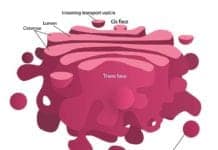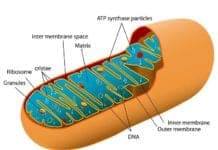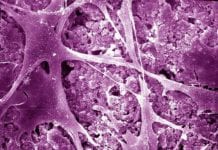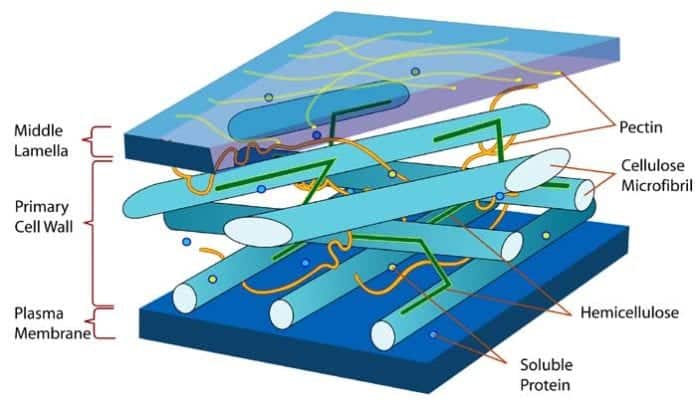
Although the plasma membrane (or cell membrane) had already set the boundaries for the inside and outside cellular environment, many cells are still encircled by a wide array of insoluble components.
For instance, the cells of bacteria, plants and algae, and fungi are enclosed by a rigid structure called the cell wall.
We will explore the functions, structures and types of cell wall.
Table of Contents
What is the cell wall?
![]()
Bacterial Cell Wall
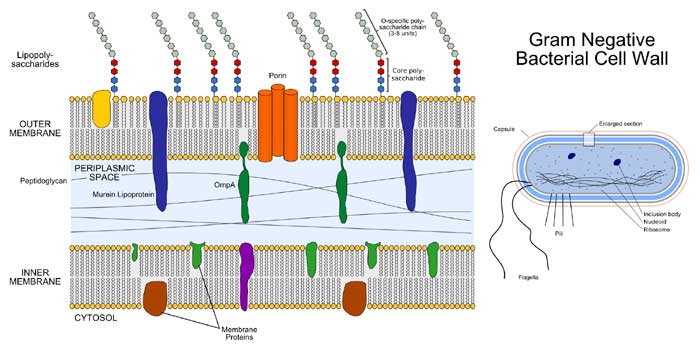
1. Gram Negative Bacteria
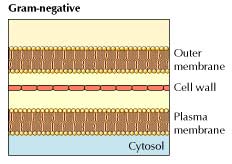 Gram negative bacteria are characterized by having a two-membrane system where there is an additional outer layer of permeable membrane to the plasma membrane. The cell walls of these bacteria are usually thin and are found sandwiched between their inner and outer membranes.
Gram negative bacteria are characterized by having a two-membrane system where there is an additional outer layer of permeable membrane to the plasma membrane. The cell walls of these bacteria are usually thin and are found sandwiched between their inner and outer membranes.
- An example of a Gram negative bacterium is the Escherichia coli (or E.coli).
![]()
2. Gram Positive Bacteria
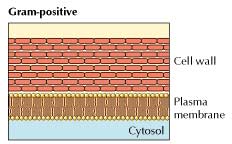 On the other hand, Gram positive bacteria are characterized by having only one plasma membrane that is covered by a relatively thicker cell wall.
On the other hand, Gram positive bacteria are characterized by having only one plasma membrane that is covered by a relatively thicker cell wall.
- Examples of Gram positive bacteria are the common pathogens Staphylococcus aureus and Streptococcus (both responsible for respiratory infections), Corynebacterium diphteriae (responsible for diphteria), and Bacillus anthracis (responsible for anthrax).
Even with such differences in structure, the main constituent of cell walls of bacteria is the macromoleculepeptidoglycan[2] . This macromolecule is composed of linear chains of polysaccharides linked by peptides, and as a structure, serves as the foundation of cell wall that defines the shape of bacteria and attaches protein complexes to the surface of the cells. Interestingly though, peptidoglycan makes bacteria vulnerable targets for antibiotics.
![]()
Functions of Bacterial Cell Wall
While the structural components of the cell wall differs in Gram negative and Gram positive bacteria, the functions of the cell wall is universal for all[3] bacteria possessing this structure. The following are some of the major functions of the cell wall in bacteria:
1. Protection
![]()
2. Maintenance of Cell Shape
![]()
3. Facilitate in Cell-To-Cell Communication
![]()
Plant Cell and Fungal Cell Wall
Unlike those of the prokaryotes, the components of eukaryotic[4] (higher plants, algae, and fungi) cell walls are mainly polysaccharides. The basic structural component of the cell walls of higher plants and most algae is cellulose. Cellulose[5] is a polymer of glucose residues that are connected via β(1→4) linkages.
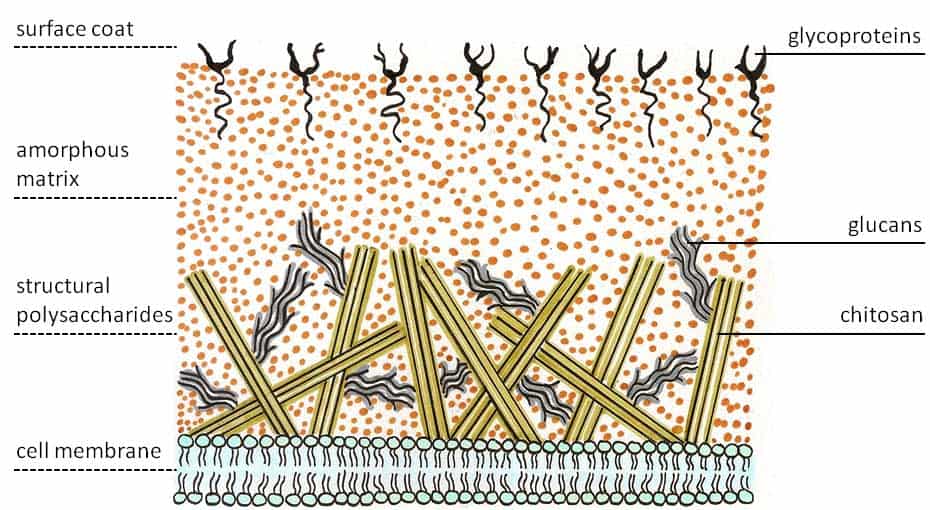
![]()
Functions of Plant Cell and Fungal Wall
It is important to note that while plant cells and fungal cells are composed of different material; both are still made up of carbohydrate polymers. Hence, they possess almost the same attributes and functions as well.
The following are some of them:
1. Structural Support
![]()
2. Resist Turgor Pressure
![]()
3. Control Growth and Diffusion
![]()
4. Protection
![]()
5. Communication
![]()
Although much has already been known about the biosynthesis of cell walls, there still remain large mysteries about its three-dimensional structure and organization, physiological activities, and nature during cell division and growth.
So now, after knowing the tremendous importance of the cell wall to living organisms (i.e. bacteria, plants, and fungi), why do you think has evolution allowed animal cells to develop without it?
Cite This Page
References
- [1] – “Medical Definition of Gram-positive”. Accessed May 21, 2017. Link.
- [2] – “Peptidoglycan.” Encyclopedia of Life Sciences. Accessed May 21, 2017. Link.
- [3] – “Bacterial Cell Walls: Structure, Function & Types – Video & Lesson Transcript | Study.com”. Accessed May 21, 2017. Link.
- [4] – “Cell Walls and the Extracellular Matrix – The Cell – NCBI Bookshelf”. Accessed May 21, 2017. Link.
- [5] – “Structure of Cellulose Microfibrils in Primary Cell Walls from Collenchyma”. Accessed May 21, 2017. Link.




